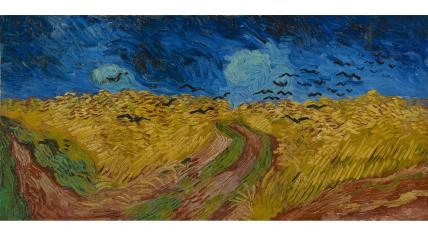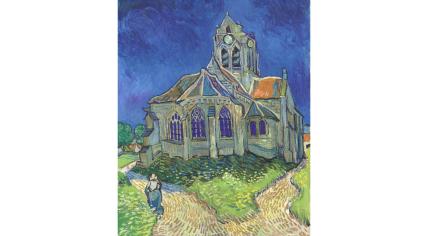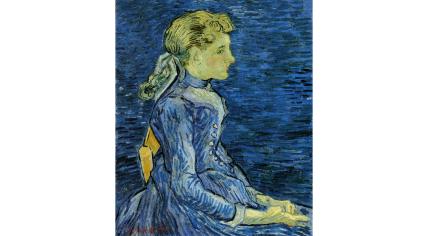
Exhibit on Van Gogh's final months to open in Amsterdam on Friday
The Van Gogh Museum in Amsterdam is opening an exhibition on Friday focused on the last months of the famous Dutch painter’s life. According to the museum, this is the first exhibition on this short but crucial phase in Vincent van Gogh’s career.
The exhibit - Van Gogh in Auvers. His Final Months - focuses on the “immensely productive” few months he spent living in an inn in the French village of Auvers-sur-Oise before his death. Van Gogh created several of his best-known paintings during this time, including Wheatfield with Crows and Doctor Paul Gachet.
The exhibit will feature 50 paintings and over 30 sketches, including eight paintings on loan from the Musee d’Orsay in Paris and the portrait of Adeline Ravoux on loan from a private collection. This will be the first time since 1955 that the portrait of the innkeeper’s daughter is shown to the public and the first time ever it is displayed in the Netherlands, according to the museum.
“Another spectacular inclusion is the series of ten panoramic landscapes painted in his final weeks, which will be reunited for the run of the exhibition,” the Van Gogh Museum said. They include Fields Near Auvers on loan from the Belvedere Museum in Vienna and Undergrowth with Two Figures on loan from the Cincinnati Art Museum.
“We are delighted to be able to present this wonderful exhibition to the world during the year in which the Van Gogh Museum celebrates its fiftieth anniversary,” said museum director Emilie Gordenker. “Many of the works have never been shown in the Netherlands before and will be here for the very first time. On this occasion, it is fair to say that Van Gogh in Auvers is a once-in-a-lifetime exhibition.”
Van Gogh arrived in Auvers-sur-Oise on 20 May 1890 after spending a year in an asylum in southern France, struggling with his mental health. He hoped that the change of scenery, and close proximity to his brother Theo in Paris, would help him cope with his illness.
“Van Gogh set to work immediately, with a sense of hope and fresh ambition,” the museum said. He explored the village and its surrounding, capturing many landscapes, village views, and some portraits of locals. But feelings of failure, loneliness, and melancholy gradually prevailed. The painter took his own life on 29 July 1890.









